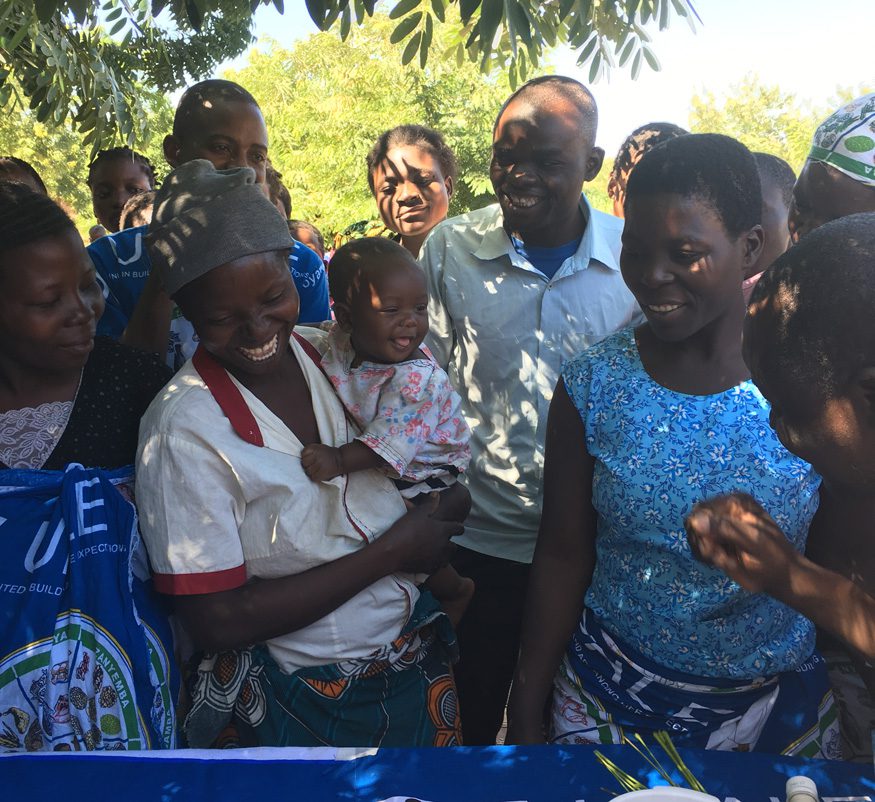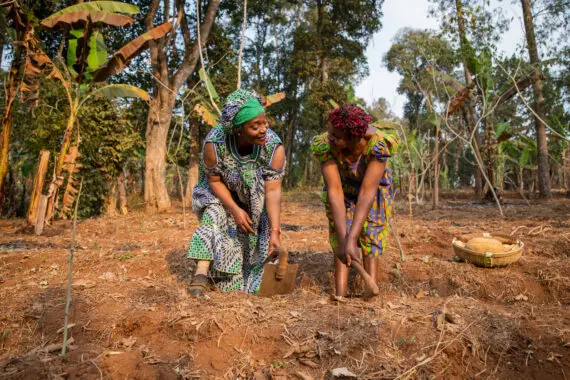By Jordan Teague
Malawi’s high rate of childhood stunting is an economic crisis. Approximately 37 percent of all children under 5 are stunted, meaning that they have suffered irreversible lifelong damage to their health and development from early childhood malnutrition. Childhood stunting has clear links to stunted economic growth because of lower productivity and higher healthcare costs. Malawi is very poor, and stunting only makes the country’s struggle to build a stronger economy more difficult.
Stunting generally takes place before a child’s second birthday. Thus, it is especially alarming that young children are affected, along with the rest of the family, by the two main drivers of malnutrition — poverty, which prevents families from buying enough food, and heavy reliance on maize as the staple crop, which leads to very low dietary diversity. Only 8 percent of children under 2 receive what is called a minimum acceptable diet, a term that encompasses eating a variety of foods so as to get all essential nutrients.
The U.S. Agency for International Development (USAID), through its Food for Peace development program, is helping communities in southern Malawi build their own knowledge and capacity to adequately nourish themselves and their children. During my May 2017 trip to Malawi, I visited communities participating in the program United in Building and Advancing Life Expectations (UBALE), a USAID Food for Peace project. In the Nsanje district, I met a woman and her child participating in the Community-Led Complementary Feeding and Learning Sessions that UBALE conducts twice each year.
The little girl and her mother joined other caregivers and children in the community for 12 days of education and training. Caregivers learn about which foods are most nutritious and how to prepare them for the family, including their young children. The foods included are all locally available and locally grown. UBALE promotes six food groups — animal-source proteins, beans, vegetables, fruits, grains, and healthy fats and oils — and encourages women and children to eat from at least four of them every day. Many of the participants in these sessions also participate in UBALE’s Care Groups, which focus on building and cultivating home gardens to produce the vegetables used in UBALE’s recipes.
UBALE goes one step further in its educational efforts: every day of the session, staff demonstrate different ways to cook nutritious foods that are good for people of various ages to eat. The program even emphasizes making nutritious meals that children will enjoy eating! At each session, participants learn different recipes and cook them together. The entire group then eats the meal.
This active feeding portion of the sessions gives UBALE staff an opportunity to help caregivers with problems such as children with poor appetite or inability to eat. The staff and participants problem-solve together to reach the shared goal of nourishing the children. Cooking and eating the meals can also be helpful for the adults, who may feel more comfortable cooking and serving these relatively unfamiliar foods — especially if they begin to take the place of some of the maize dishes the family has always eaten.
During the 12-day session, children are evaluated for acute malnutrition on Days 1, 7, and 12. The little girl I met weighed 15 pounds on the first day, but by Day 7, when this photo was taken, she had gained 2 pounds!
This program helps treat acute malnutrition during the session by feeding children nutritious foods, but it also equips caregivers with knowledge of nutritious foods that are available where they live, and with recipes to make it easier for them to prepare and serve healthy meals. The children are not only at less risk of future episodes of acute malnutrition, but are also more likely to be well nourished in the longer term.
Investing in nutrition works. Investments in nutrition are investments in the health and well-being of children and, in addition, in a community’s and a country’s future generations. USAID, through Food for Peace and other programs, helps countries and communities strengthen nutrition policies, knowledge, and practices. In the end, this generation of children will then be able to grow up healthier, get an education, improve their own lives, and help make their country and the world better places.
Jordan Teague is international policy analyst with Bread for the World Institute.



